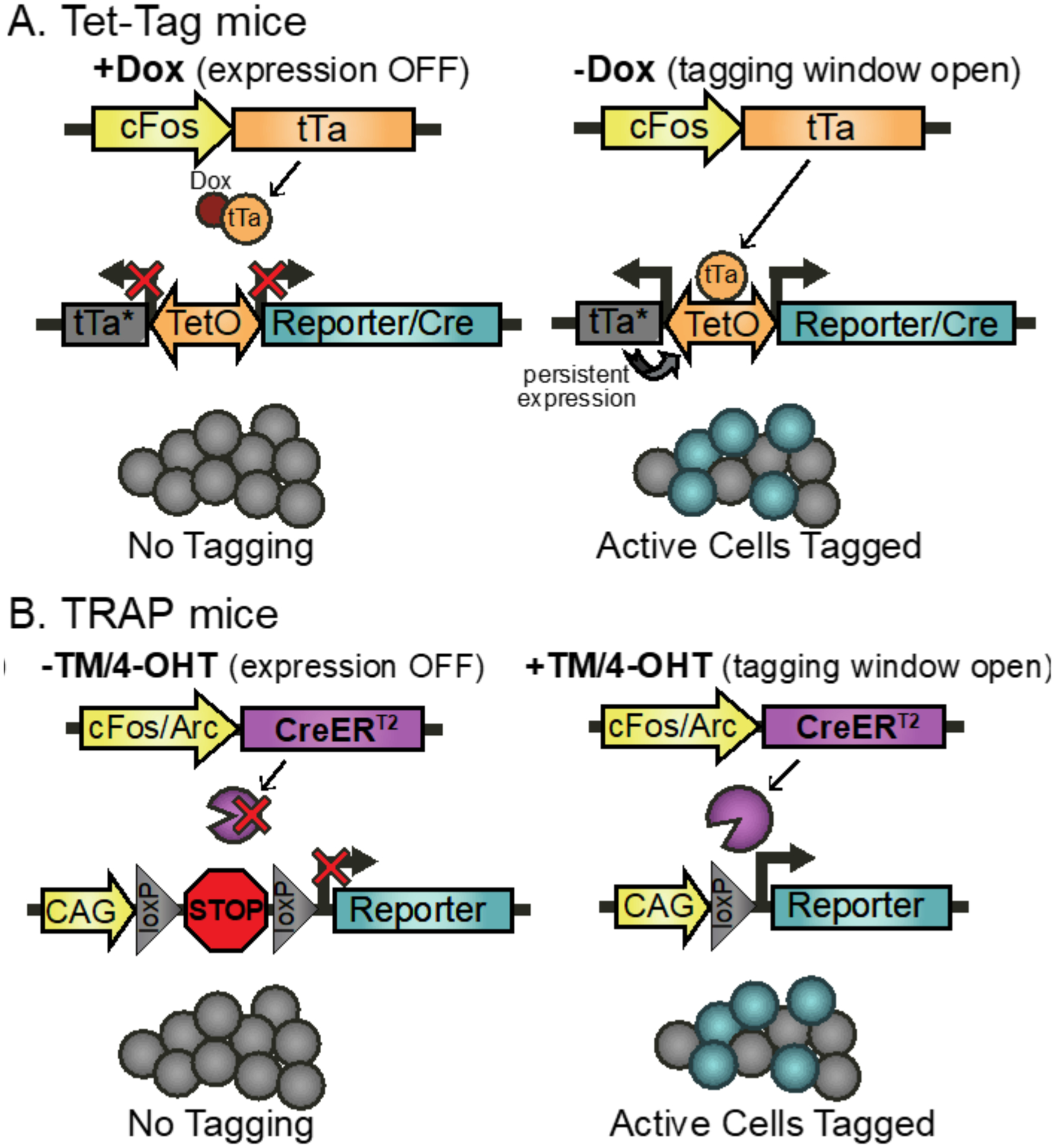Figure 3. TetTag and TRAP systems allow neurons active during specific time windows to be persistently tagged.

(A) Tet-tag system. Two transgenes control tagging of active neurons: 1) tTA under the control of the activity-dependent cFos promoter and a TetO promoter that drives both the gene of interest (e.g. a reporter gene) and the dox-insensitive tTA* mutant that drives persistent expression. The presence of Doxycyline (Dox) at rest prevents tTa-TetO-mediated expression (left). Removing Dox (right) opens a temporary tagging window during which tTa binds the TetO promoter and drives expression of the desired gene selectively in cells activated during that window. (B) The TRAP system also requires two transgenes: 1) The tamoxifen-dependent CreERT2 under the control of an activity-sensitive promoter like cFos or Arc and 2) a transgene that expresses the gene of interest (e.g. a reporter gene) in a Cre-dependent manner. In the absence of tamoxifen (TM) or its metabolite 4-OHT (left), Cre is sequestered to the cytoplasm, preventing expression of the target gene. Injecting TM or 4-OHT (right) opens a tagging window in which CreERT2 recombination occurs selectively in activated cells.
